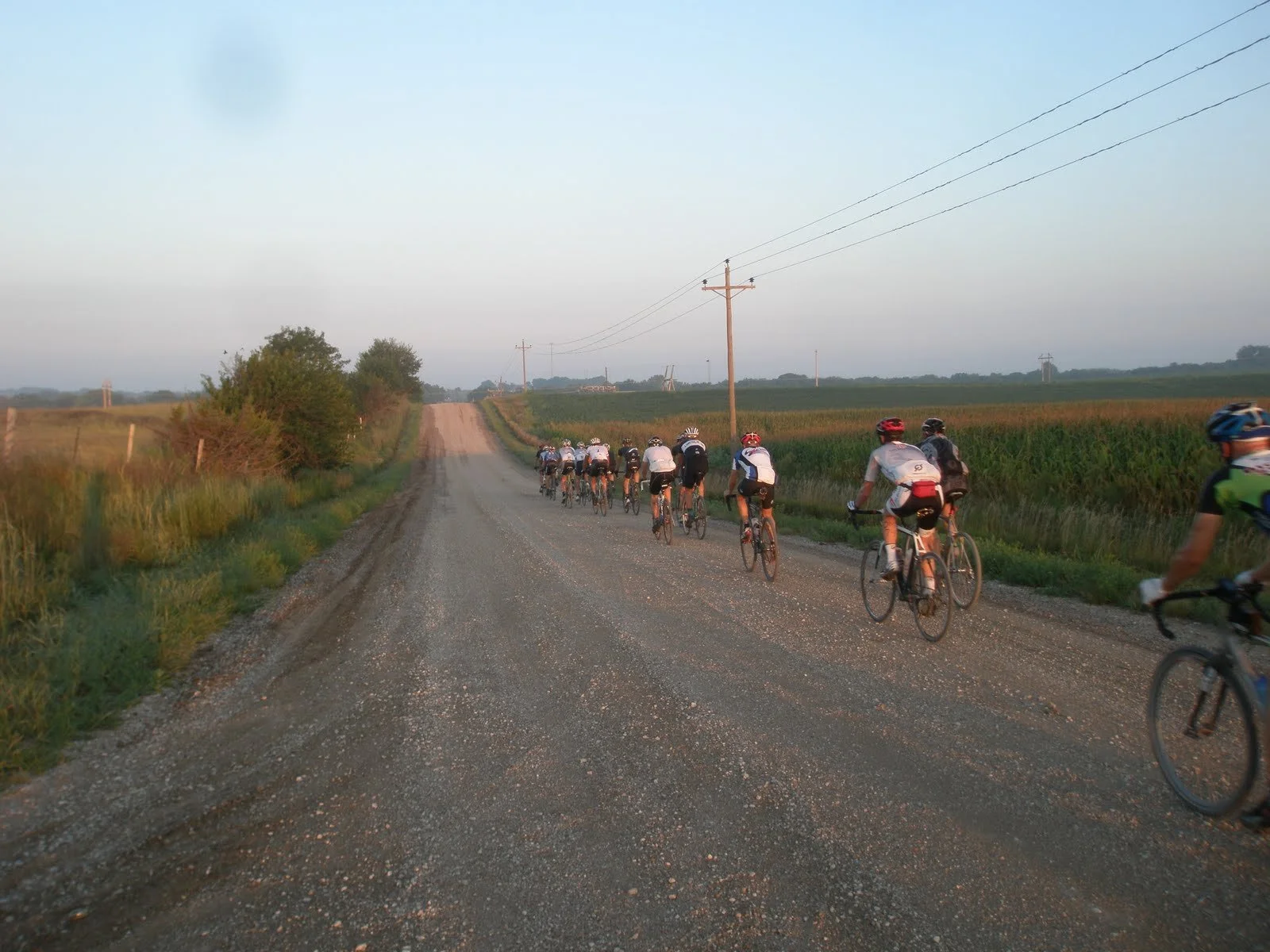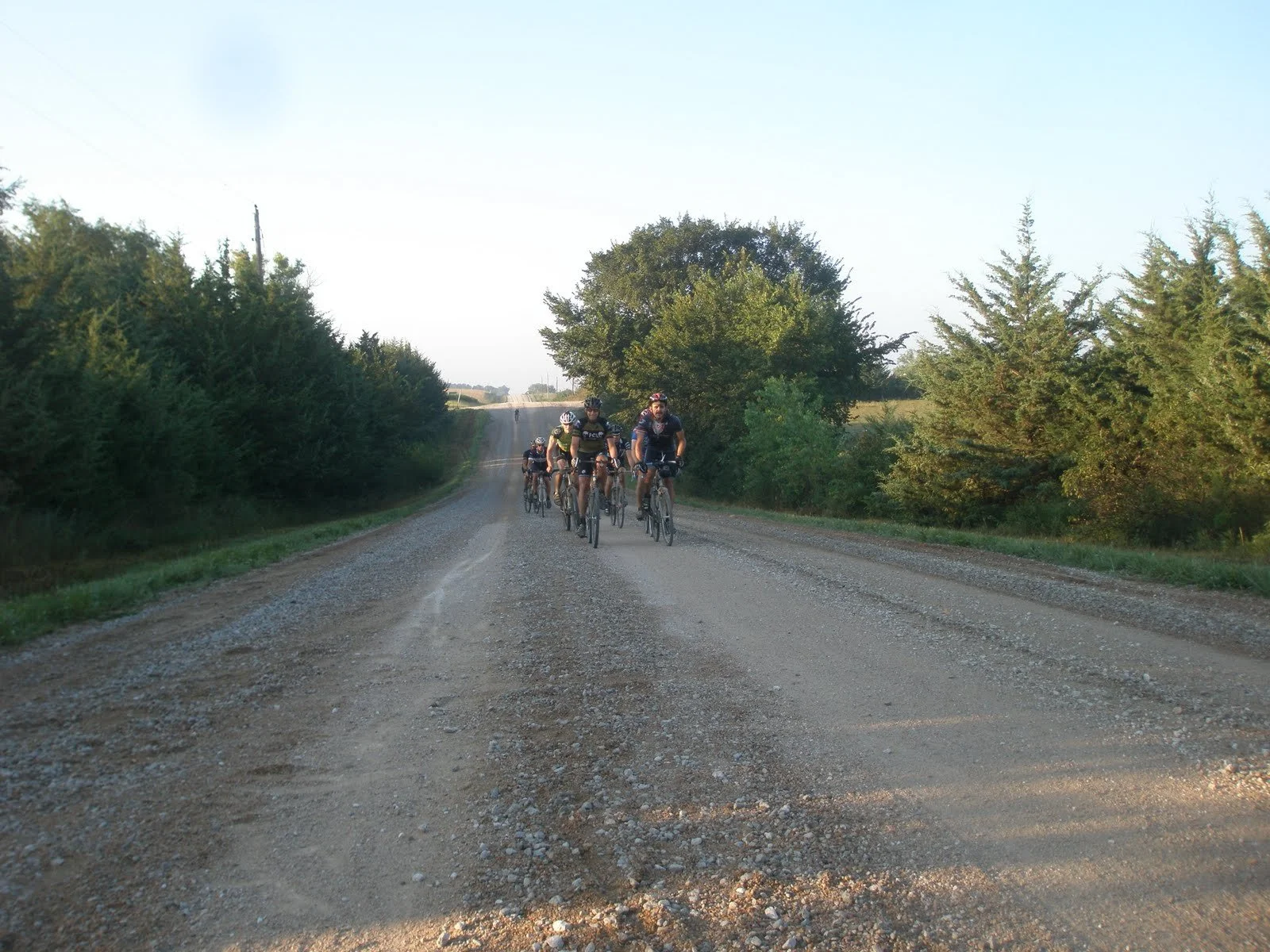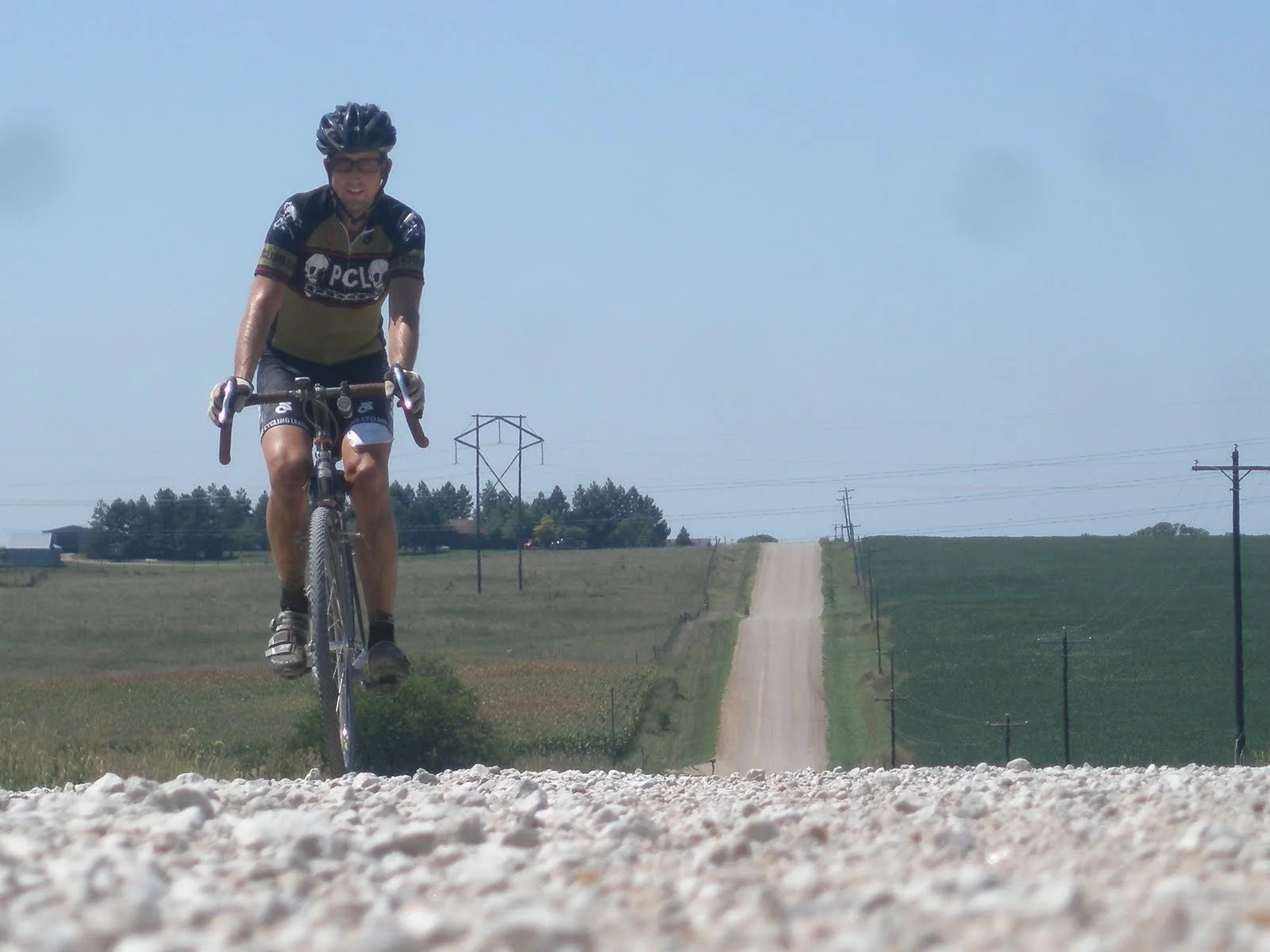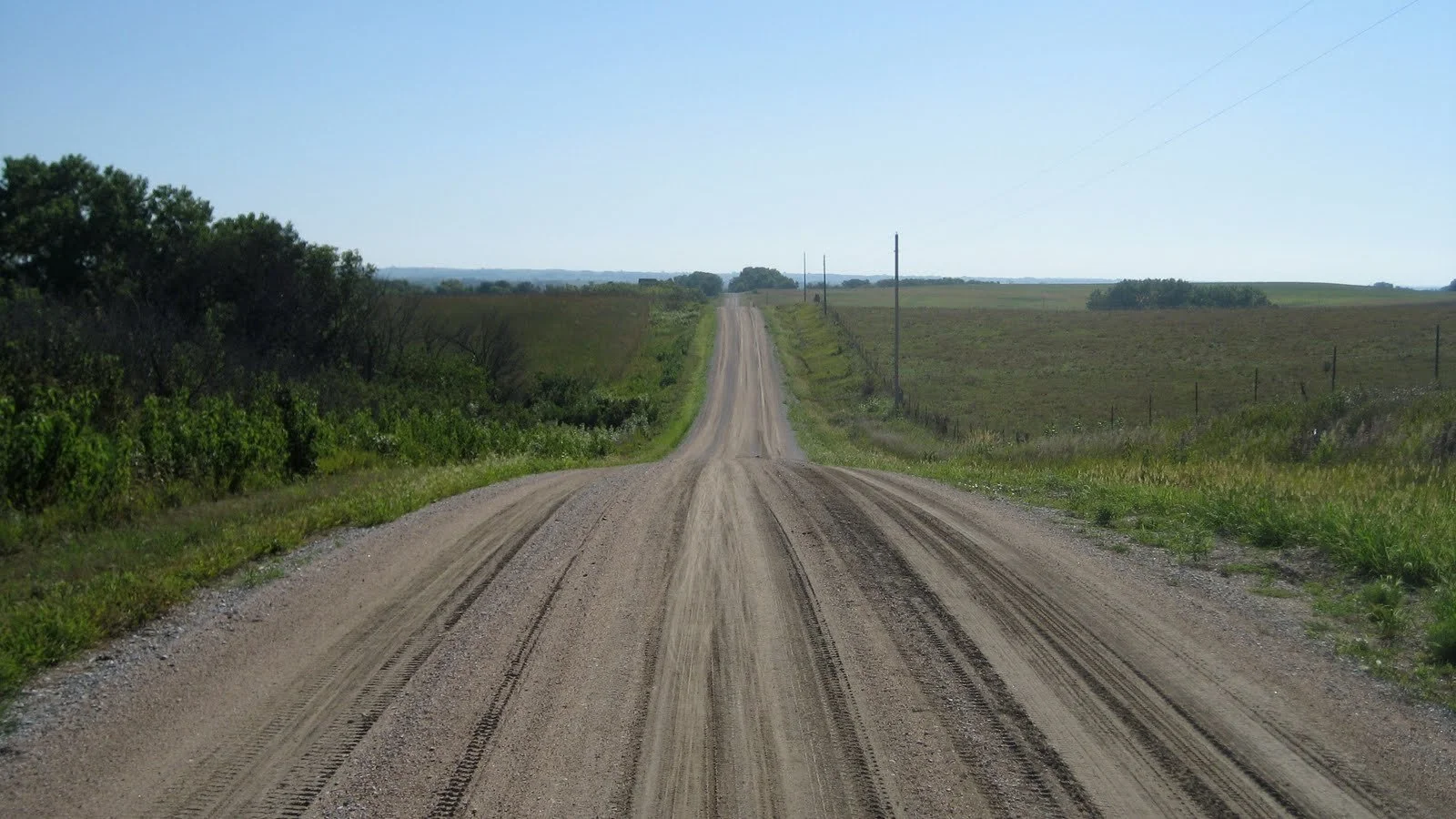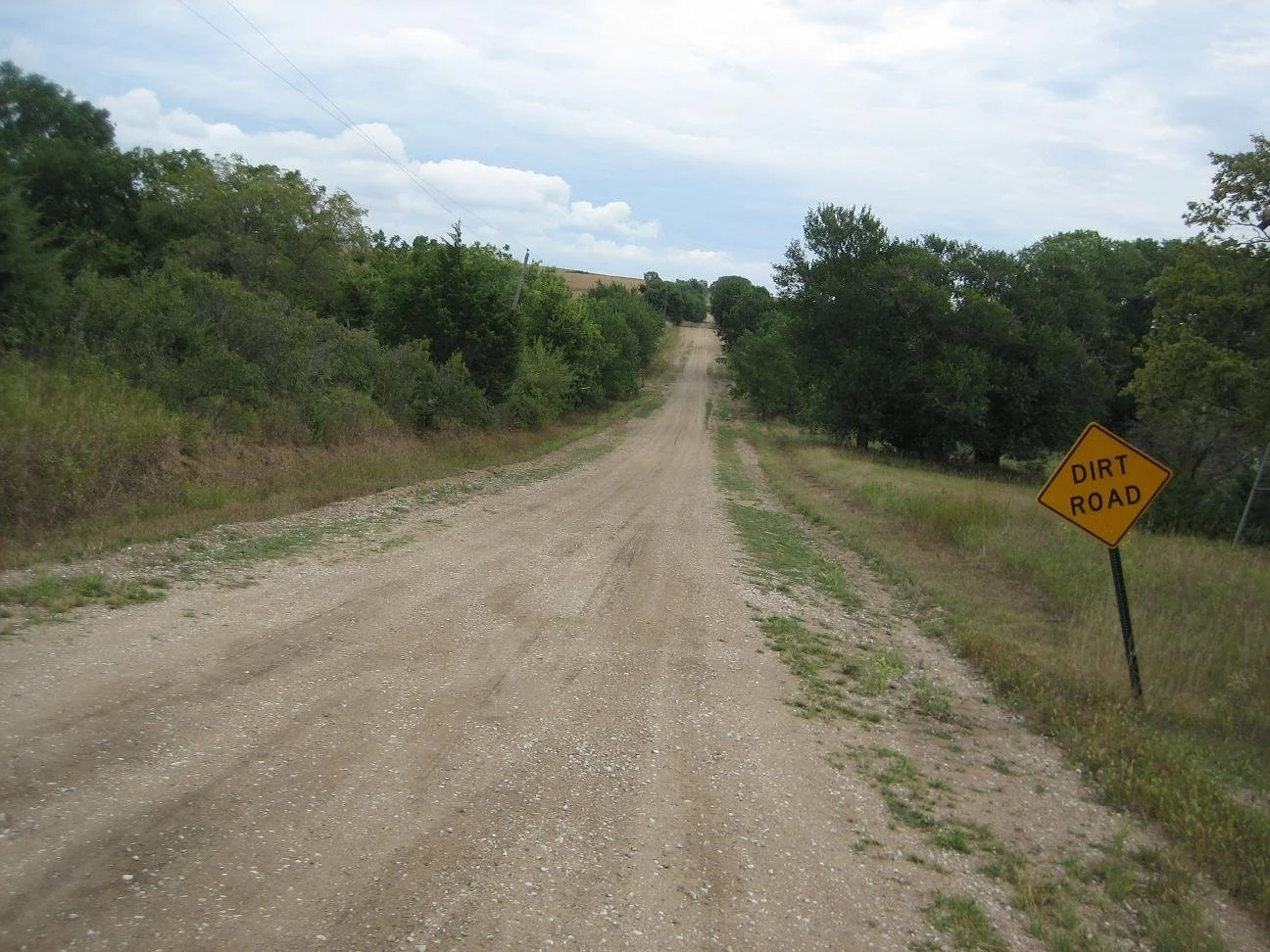2010 Gravel Worlds
Gravel Worlds 2010: The Birth of a Monument
On Saturday, August 21, 2010, the cycling community witnessed the first edition of what would become the Gravel Worlds — a grassroots gravel race conceived by the Pirate Cycling League (PCL) and supported by a passionate local cycling community. That first event was part challenge, part experiment, but it set the tone — competitive, adventurous, full of grit — for all editions that followed.
The Context & Vision
At the time, gravel riding was still on the fringes of the cycling world. Road racing, mountain biking, and cyclocross had established competitive circuits, but gravel — that in-between terrain of dirt, gravel, mixed surfaces — offered a new frontier. The PCL was already known for its looser, DIY approach to events: many of their rides and races were “free,” open to all, no racing license required, with a focus on fun as much as on results.
Gravel Worlds in 2010 was envisioned as a celebration of that ethos: a tough ride, yes, but also a gathering, a test, and a party. The organizers leaned into the local community in Nebraska, leveraging familiar cycling networks, local riders, and supporters who understood that the first year would be as much about figuring out logistics and course as it would be about crowning champions.
The Course & Conditions
While detailed maps and mile-by-mile breakdowns from 2010 are harder to track down now, contemporary commentary suggests the course pushed riders through Nebraska’s rural gravel roads under hot conditions. Riders referenced “oases” and “CVO as the X-factor” in helping ameliorate the heat during the ride.
The route’s challenges included varying gravel surfaces, heat, and the simple fact that many riders were still adapting to gravel racing’s unique demands.
As one commenter put it:
“Great job everyone, BTW … What an awesome course. Thanks to Corey, and to the folks at the multiple oasis. Also, CVO was the X-factor out there that made the heat barely tolerable.”
That mix of gratitude and exhaustion captures the spirit: riders were pushed, but they were also supported, and they appreciated the effort behind the scenes.
Standouts & Winners
From the published results and race photos, several names from that first year still resonate in the Nebraska gravel and cycling circles:
On the men’s side, Mike Marchand of Kearney, NE took the Men Open title as well as the overall men’s win.
In the single speed (SS) men category, Chris Hansen (Lincoln, NE) took top honors.
Jon Vondracek (Lincoln, NE) won the Master Men division.
For women riders, Kelly Kostman won Women Open, while Janna Vavra (also Lincoln) was the Women SS winner and first overall among women.
Kim Carveth (Lincoln) captured the Women Master division.
A tandem team, Gunnar Rush and Wes Gregg of Decorah, IA, also made an appearance in the results, showing how inclusive and open the early event was.
These winners were local or regional, many riding familiar gravel roads. Their victories were earned through persistence, savvy gear choices, and perhaps most of all, the will to endure heat, dust, and terrain.
Memorable Anecdotes & Culture
Because the community was small and connected, several fun elements and stories emerged from the event:
One “award” listed in the results was for “Worst pre-race mechanical, latest start and most beers drank while riding” (captured humorously in the blog).
Riders commented in the blog’s comment thread about surprising result placements (e.g. one rider wrote: “I had breakfast with him … saw the results and was very surprised to see Mike’s name ahead of mine”).
Thanks were given to “oasis” stations and organizers for helping with water and relief during the hot ride.
The camaraderie is evident: riders thanked each other, acknowledged crashes or mechanicals, and expressed hope to gather again. One comment: “You Lincolnites have a great community up there … Thank you Corey & everybody else for the great times.”
These anecdotes show that even in its first year, Gravel Worlds was more than a race — it was a social gathering, a test of endurance, and a shared experience among riders who had signed up to ‘see what happens.’
Significance & Legacy
Though small in scale compared to later years, Gravel Worlds 2010 planted the seed for what would become a much larger movement. In that first edition, we see many of the ingredients that later defined gravel: open fields for competition, multiple categories (open, SS, masters, tandem), local roots, and a willingness to trade some comfort for adventure.
The fact that many of the early winners and participants were Nebraskans or from the surrounding region helped cement the event as part of the local cycling fabric. Over time, Gravel Worlds would grow, attract riders from further afield, refine course logistics, and expand participation.
Looking back, the 2010 edition is emblematic of what gravel collected: a willingness to experiment, a community of supporters, and a spirit that balanced competitiveness with a kind of joyful suffering.



